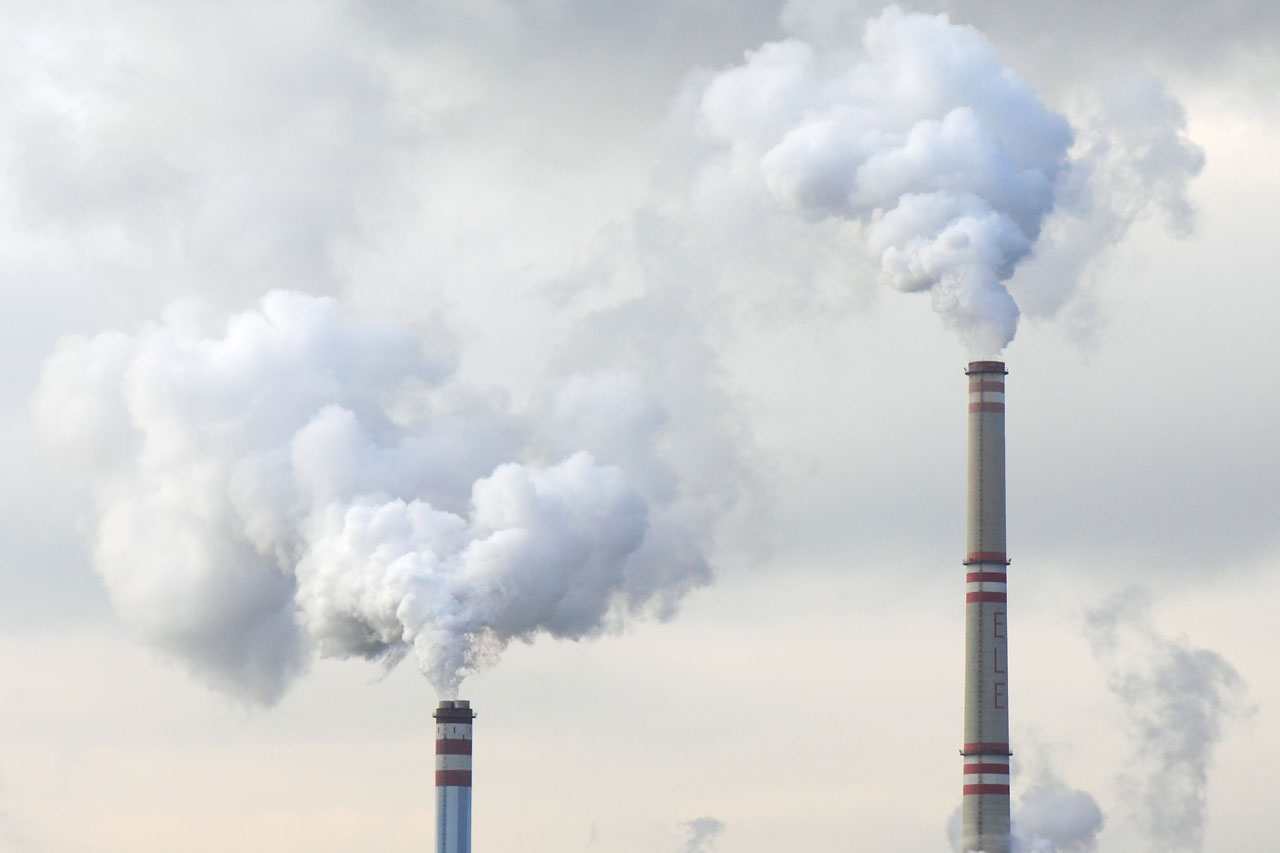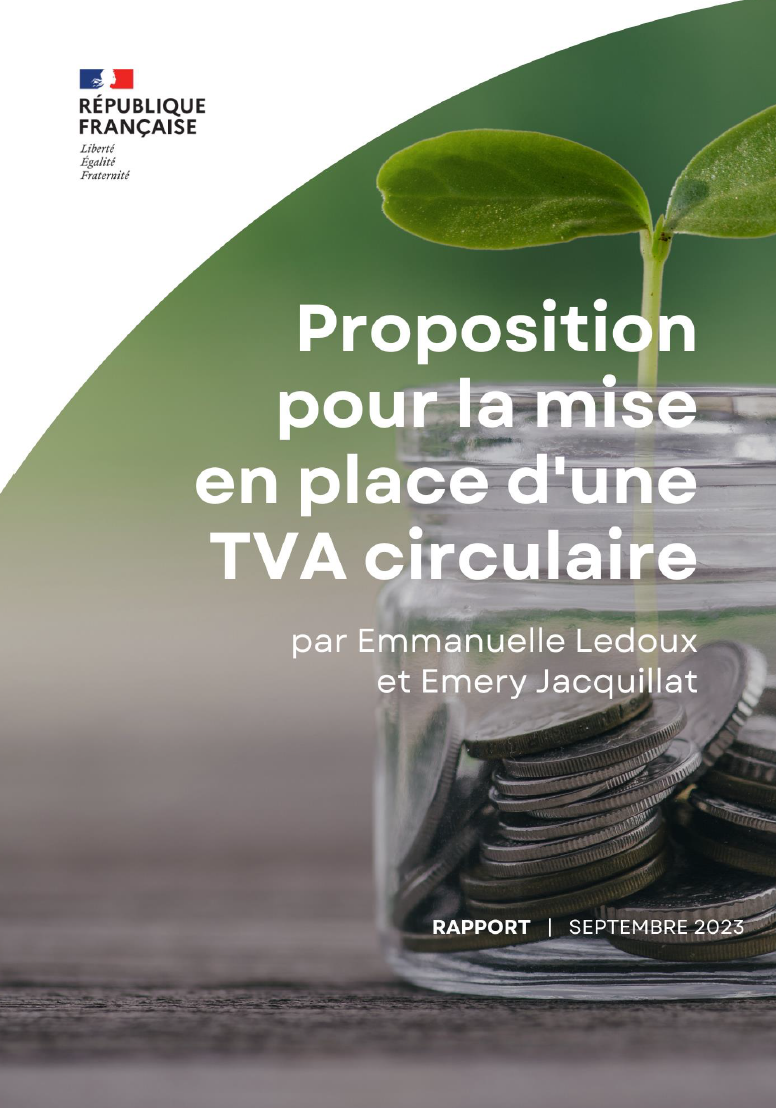How governments can create an enabling environment for private sector investors who want to create growth and have a net positive value-add to society

Karthik Balakrishnan is the President and Co-Founder of ACTUAL, which provides powerful modeling and tracking capabilities to stakeholders of sustainable infrastructure projects. Previously, he founded Airbus UTM and was a co-founder and CTO of Coin (YC W13), Karthik is a Department of Defense NDSEG fellow with a Ph.D. from Stanford in Aeronautics and Astronautics.

Sarah Cone is the Founder and Managing Partner of Social Impact Capital (SIC), an early-stage venture capital firm building companies that produce returns and have a measurable social impact. SIC’s portfolio companies include ACTUAL (above). She got her start in venture capital working for the “emerging technologies” venture capital group at Omidyar Network. Sarah has also worked in the legal department of Google and at the technology policy non-profit Public Knowledge.
The COVID-19 pandemic as laid bare the unsustainability and fragility of business-as-usual, with millions dead, and nearly 15% of the global workforce at significant risk of losing their jobs, and regression on a number of indicators such as access to communications, electricity, and education. We must emerge from this crisis with a new, greener and more inclusive economic system. The COVID disruption forces us to reflect on what systems we want, and how to create them, and policymakers must find ways to foster innovation which brings the planet into balance and provides an equitable life for all.
However, much of the world appears to be stuck in a false debate over the role of government. The government already intervenes in the free market. Businesses don’t actually want freedom from regulation; businesses want the right regulation that will work to their own particular benefit. Government policy steers the economy in a certain direction, picking winners and losers. At the moment, the winners appear to be those with the loudest voices, absent a clear strategic vision for where the world should be headed.
Steering towards a more sustainable future
The government must use its power to tweak the rules of the sandbox, incentivizing and enabling builders, investors, technologists, and stakeholders to make a positive climate and social impact. To go about this, political leaders can use as scaffolding the UN Sustainable Development Goals (SDGs), which offer much needed strategic targets to dramatically reduce inequality in a way which preserves our ecosystem for future generations. They can guide politicians in setting policy: what policies are needed to achieve the SDGs? What is the right set of fiscal policies and regulations that will work not to appease just the loudest voices, but to actually shape and incentivize businesses to go down the right path? The scaffolding then supports right regulation, which does the work to point technology development and product-level investments in the desired direction.
The fine line of getting regulations and incentives right
A demonstrative real-world example is emissions and efficiency targets for vehicles, power plants, and buildings. These give the companies building these products, and the labs studying the underlying technologies, clear goals to hit. California’s ban on gas car sales after 2035, India’s ban on two-stroke engines, and South Korea’s Zero-Emissions mandate for public sector vehicles all provide the regulatory certainty and clear market incentive to invest in R&D for underlying technologies. Regulation also derisks investments into new companies and technologies when incumbents aren’t prepared to meet the requirements by providing investors with confidence that the new players have a market to sell into.
On the other hand, regulation can be harmful when it slows down how fast these solutions can be deployed. We see this with long, drawn out permit processes for bike lanes and transit, and for solar and wind farms. New technology shouldn’t be so incentivized that it is deployed haphazardly, but rather, if the government sets a year-on-year emissions reduction goal, it needs to provide incentives that make it possible for investors willing to put down their own money to hit that target.
While climate change continues unabated, the COVID crisis has drastically reduced tax revenue and delayed the ability for governments around the world to spend on mitigations. The timing couldn’t be worse, as we are in the last moments of being able to take action to remain within 1.5°C of average global warming. It’s more critical now than ever for governments to rapidly bring in private capital to meet environmental goals. Governments have several options here, including conventional bonds, and Savings Performance Contracts (SPCs).
Bonds are well understood instruments, and governments around the world use them extensively. They’re not a universal solution, however, and the unique nature of the current COVID crisis highlights many of their drawbacks. They are based on the financial solvency of the municipality issuing them. With dwindling tax revenue, many of the places that need to invest the most will find themselves least able to issue bonds. This is especially true in low-income and developing communities whose tax bases are most severely impacted. For municipalities without extensive in-house experience, bonds can also be slow and expensive to originate, making them hard to match with the timelines needed for climate-related changes.
Savings Performance Contracts: a potential way ahead
SPCs are a proven but not yet widely used way to bring private capital to bear in meeting climate goals for assets that can generate significant returns independent of the financial state of the jurisdiction seeking capital. They also have the advantage that the assets can remain, or become, property of the government entity seeking financing. In an SPC, private investors can pay to bring sustainable infrastructure online and then see a return only if there’s a cost savings for the municipality too. Unlike a bond, the SPC is financed exclusively based on the ability of the new technology to reduce energy costs, not on the financial health of the municipality as a whole. For example, a school may use an Energy Savings Performance Contract (ESPC) to upgrade aging and inefficient air conditioners, with the investor seeing a return only if the energy cost savings are substantial enough to offset the purchase and maintenance of the ACs. Similarly, a city might use a Water Savings Performance Contract (WSPC) to finance a grey-water irrigation system for public parks and recreation fields, or an ESPC to upgrade streetlights from high-energy sodium vapor lamps to highly efficient LEDs. These SPCs align the investor and the municipality, driving capital into “no-brainer” projects using proven technologies with positive environmental outcomes. SPCs do require incredibly detailed modeling and tracking of costs and savings in order to select the right technologies, secure investments, and calculate returns. With modern smart city and IoT enabled technologies and the ACTUAL Platform, SPCs are in reach of any municipality that can use them.
Opportunities and challenges of putting a price on carbon
Governments can also derisk key climate-mitigation projects via carbon taxes. Today, carbon emissions and pollution are viewed as non-financial impacts. But climate change has real financial impacts that are dispersed throughout the economy in countless different places – which makes straightforward accounting both difficult and controversial. A carbon tax would account for these impacts and provide additional sources of funding for cash-strapped municipalities, serving as a primary source of funding for some projects, and as a backstop for SPCs in other cases. By charging what it would cost to eliminate a given emission, the company on the other side actually building a renewable project would be a net counter to the polluting activity.
Disasters are perhaps the most difficult impact to price. What is the incremental damage caused by a storm due to climate change-driven enhancements? Similarly, what is the long-term healthcare cost to treat someone with asthma triggered by climate change-caused wildfire smoke? The long-term financial costs of climate change alone make the short-term costs to mitigate impacts worthwhile. Taxpayers should be concerned about the longer-term costs of inaction, which will come back to hit all our pocketbooks.
Aligning development and environmental impacts
The SDGs are also important as a global framework. The conversation in high-income countries is almost entirely around reducing energy consumption. However, bringing running water, internet connections, permanent healthcare, and transit to places that lack these basic services will drive an increase in demand for energy. Thus, development needs to be done in a sustainable manner using technologies and processes that allow for improving the quality of people’s lives without adding negative environmental impacts.
Policymakers should engage with stakeholders for better awareness of what works and what doesn’t, to identify best paths to achieving the SDGs. They are truly our first guiding principle.






